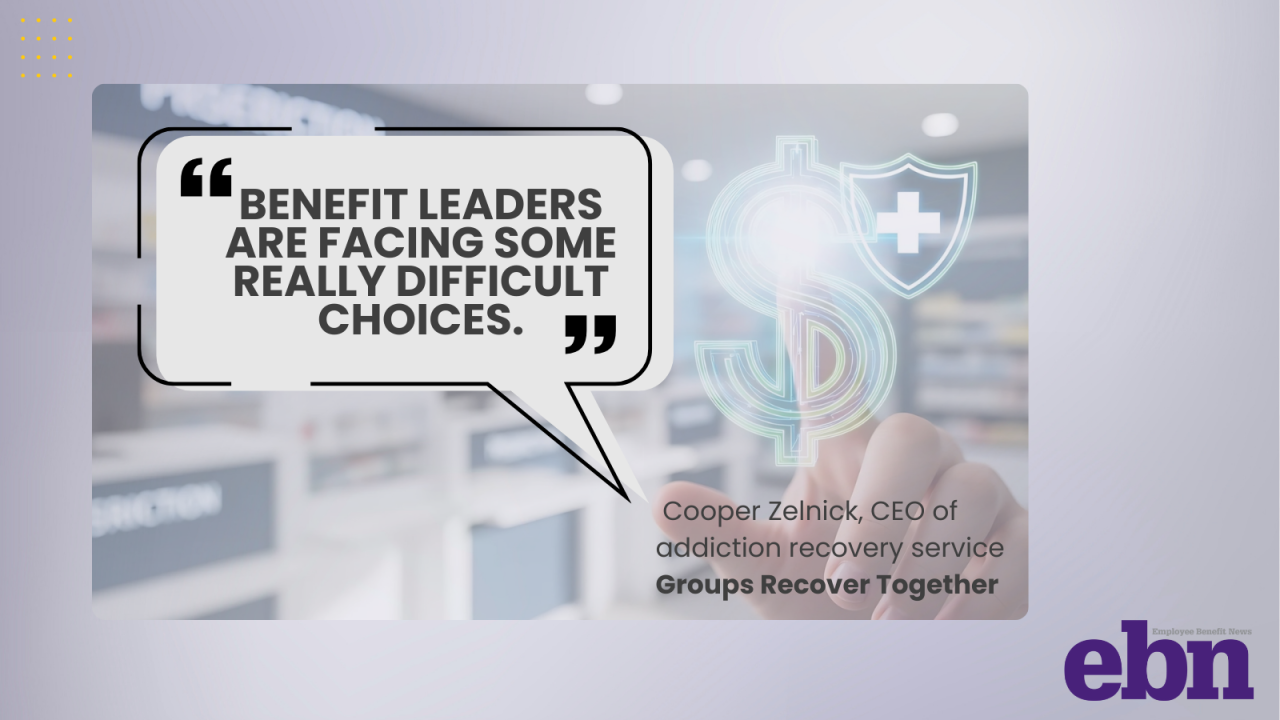Chances are your employer clients have
Chances also are that these vendors are claiming high satisfaction/engagement, etc. Yet you can't readily compare them on behalf of those clients, meaning you have no way of knowing
The good news is that this problem is now solved. All because I had an experience with a navigation vendor that led to the creation of the best — indeed, only — do-it-yourself way to genuinely measure not just cross-vendor engagement, but more importantly, the value of each vendor's engagement for the money spent on their services.
Thanks to an unexpected medical issue — deep vein thrombosis (DVT) — I learned that my wife's employer had a navigation vendor. (I won't mention which one, other than that it was not Quantum, which is validated by the Validation Institute for not doing stuff like this.) I called them precisely once to get their insight into DVT and quickly determined that they were reading off a Google search, which was not even as thorough as what I could learn from the health education provided by my own company
I thanked them and that was the end of it.
Except that it wasn't. Every few months they would write and offer to "help" or be available. I just ignored the messages. Then they wrote that I was "approaching the end of my year of service." What service? What year? Naturally, I never received any satisfaction survey.
Read more:
That was the eureka moment that led to the development of an algorithm that not only determines plan-wide satisfaction/dissatisfaction for every vendor, but also measures the cost-effectiveness of the engagement achieved by each vendor, according to the employees who are allegedly engaged (or not).
It's quite simple. You can do this yourself, or
For the survey, they should list each vendor (with a one-line description, in case people don't know the name of the company) and ask the same three questions:
- How many times did you use their service? (on a scale of 0 to 10)
- Did you find it useful? (on a scale of 0 to 5)
- Regardless of whether you used it, should we be paying for this service to offer to employees? (Y/N)
Read more:
Next, multiply the first two averages (use times usefulness) to yield an engagement score. They can compare engagement scores by themselves across vendors, but it is likely that the more expensive vendors will generate more engagement. To determine the cost-effectiveness of these engagement scores, an employer can graph that value (either the total or average) against the total cost of that vendor (including incentives, if relevant). This generates four quadrants:

Generally, as noted above, vendors in the "losers" quadrant should be discontinued.
There could be an exception to that rule, which brings us to the third survey question about whether this benefit/program should be purchased and offered. Your client could red-yellow-green color-code this response as seen in the example chart below. One of the low-scoring, low-priced vendors (the employee assistance program, or EAP) gets a dark green rating, meaning that although survey respondents mostly didn't use it or find it useful, they thought that perhaps others might.

Armed with this information, your client could re-negotiate a better deal with its EAP by pointing out that no one is using it. However, as a dark green, they would certainly want to keep it.
Read more:
Meanwhile, your client would — like most employers these days — drop its high-cost screening, which only earns a yellow but is high-cost and low-engagement. They also might drop their health risk assessment. True, the latter is low-cost. However, it generates little engagement — and scores a "red" on whether it is worth offering in general.
Lest anyone be concerned about my health – and I realize there are many people in this industry who will be disappointed by this answer – my veins are totally clear again. This is thanks not to any navigation vendor, but to my own






